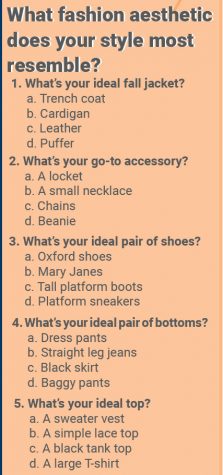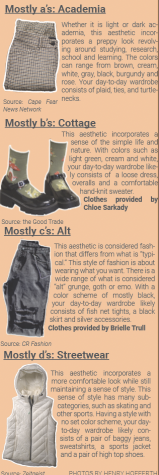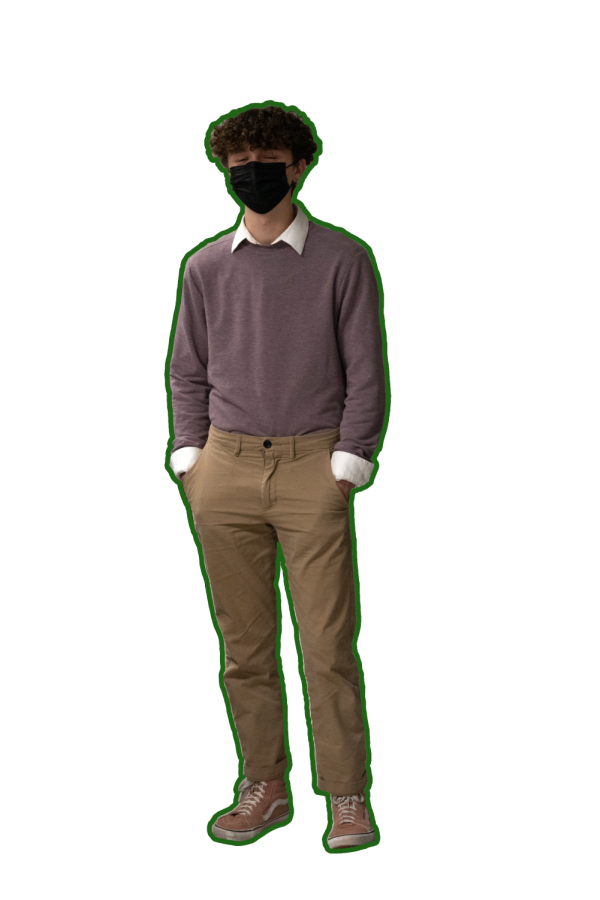Falling into fashion: students adjust their style and reflect on the meaning of fashion
October 26, 2021
As the seasons change from the light, pastel colors of spring and summer to the more subtle, red, orange and brown colors of autumn, students begin to tweak their own style accordingly—both in order to adhere to the fall aesthetic as well as to try out new color and clothing combinations.
“I’m definitely a fall person,” Lauralyn Courtney, junior, said. “Not this early fall that we’re having, because I love big sweaters, Doc Martens, jeans—all of it. Once I found how I like to dress and started not caring what people thought of what I wore or thought of who I was, I had this newfound confidence. It goes a lot deeper than just like, oh, like ‘I feel confident in my clothes’ but it is just like this mental state.”
Though it’s not everyone’s favorite season, many perceive fall as the greatest time to express their creativity. Fashion becomes an artform. Boots, sweater vests, leather jackets—each turn of the year provides a sense of joy and comfort for eager students to try and match. A simple sweater vest can turn into a three piece outfit by pairing baggy jeans, platform boots and layering a white collared shirt underneath.
“I love the color schemes (of fall),” Sonny Hoekstra, junior, said.. “All fall clothes are so comfortable (too) so I don’t compromise warmth for looks. Fashion for me is a form of outward expression—but more than anything my mood affects what I wear.”
Wearing whatever makes someone feel most comfortable is key to self-expression, and trends are often used to guide that confidence. Layering, thrifting different pieces—all stem from the new fall fashion trends that change as the years go by. For the fall of 2021, the trends tend to vary based on how people express themselves. Blazers, cardigans, crochet sweaters, plaid skirts and leather—the rise of a new trend each year serves the outlet that students crave.
“I like trench coats and those baggy ski pants,” Mary Potter, sophomore, said. “I don’t really like spring (or) summer (fashion). I like when there’s muted tones, sometimes I don’t like the colorful and I don’t like the way that some patterns look together.”
In terms of self-expression and identity, for Chloe Sarkady, sophomore,fashion is not just the clothes put on in the rush of a ten minute morning, but an extension of who she is. Dresses, skirts, but particularly Mary Janes—allow her to express herself in a way she never had during her childhood. For Chloe, fashion is how she expresses her femininity, and it is something she holds close to her.
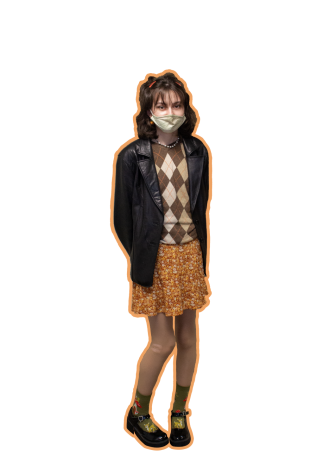
“I grew up not being feminine at all,” Chloe said. “And being told I should not be. (Fashion) is definitely an outlet, I think. I can’t really express myself, verbally, in any other place really. I never expressed myself ever again until 8th grade, and then I was like ‘Oh, this is sick. I’m going to do this every single day.’ Anything that’s super hyperfeminine (makes me feel confident).”
As different fall patterns and trends emerge, the directions they head in are becoming more pronounced than in recent years. Oftentimes, students follow a particular aesthetic with their style—ranging from academia to cottage-like to streetwear to grunge—or to those that feel no boundaries regarding their set look.
“I tend to switch up my style depending on the year,” Lauralyn said. “Last year I was more into this skater look—I’m totally not a skater—but I just liked that. Two years ago, I was more into the ‘80s. This year, I’m all over the place. I feel like I’ve been more into the ‘90s grunge type of thing, but then also, more ‘70s in there, (and) more classy looks but then also modern things. I tend to dress more vintage items but I also dress more in trends. I like what I like. That’s the best way I can explain it.”
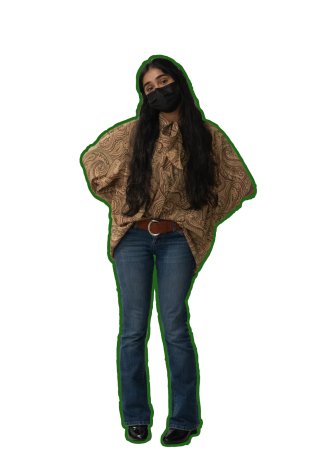
As the trends cycle each year, it continues to become more apparent that as time progresses, fashion reverts backwards. Students begin to look more towards popular items in the past, whether that be boot cut jeans of the ‘60s or low rise pants of the 2000s. However, with trends making a comeback, it’s important for students to make note of what they are truly buying. Issues such as overconsumption and fast fashion are becoming increasingly relevant as trends revert back, and maintaining a sense of balance is essential.
“For trends, specifically, I’ll think ‘Am I gonna wear this three months from now?’ And if not, I don’t buy it,” Hiba Fatima, junior, said. “I bought a pair (of boot cut jeans) because I was like, ‘I really think I’ll like these,’ and I religiously wear them. So with trends, I try to be very, very careful. Obviously, from time to time you buy something you thought you were going to wear a lot but then you don’t. But I think it’s really important to incorporate sustainability within your own sense of style.”
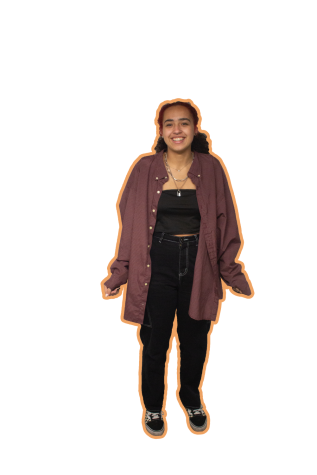
Fashion is more complex than initially perceived. There is a sense of stability required between expressing oneself in the most creative way possible and preserving an awareness of quality versus quantity—actively participating in trends while simultaneously being aware of the mark made. At the end of the day, students desire a manner in which they can present themselves out into the world in the long-run. How they create their style is considered a sight to behold by many.
“I think it’s so cool how every single person really puts their own twist on something,” Hiba said. “I like how different people take things in different ways. So for me, (fashion) is a lot about expression and identity, because it’s always changing. It’s constantly evolving.”
